A digital audit is an assessment of all active media channels and to evaluate how effective they are in the current campaign. Audits are useful to conduct in advance of the planning stage of your strategy to build a foundation on historical performance and to understand the available channels to include in your plan.
When you’re really going to start to dig into it, one of the first things that you’re going to do is carry out what’s called a digital audit. Is it good, is it bad, is it effective, and how many channels do we have, and what we’re operating within them?
For this, we utilize a process of how you actually get the audit done. It’s a step-by-step process that you just go through to make sure that you understand what’s going on.
It’s crucial for establishing exactly:
- What sites we have
- What pages are on the site
- What profiles we have on social media
- What accounts are in existence
- Who has been operating them
It is often the case that social has taken ownership when it was popular, and now it’s being operated from outside of the marketing function, or it’s being operated by another team, and it is helpful to understand the politics of it, but also how it’s being utilized.
By going through this checklist, you’re going to create a clear outline of everything that’s pre-existing and a key outcome of the audit should be a full awareness of digital within your entire organization. It is important to know that this can be used to overcome internal politics. If one channel is being managed by another team, if you show them the depth of understanding that you’re trying to establish for digital for the whole business it’s not to say that you need to take it away from them, but you might actually be able to increase your control.
Structuring your audit
A digital audit is crucial for establishing exactly what sites, pages, profiles, and accounts are in existence, and who has been operating them. The following checklist is not a comprehensive approach, but it is a good example of how you might structure your audit.
You can audit the current status of digital marketing activities by analyzing the following factors:
- Site audit: Address your existing website or current performance. This requires an analysis of the site analytics on a basic level.
- Social and channel audit: Identify existing social media and other channels are being used, their function, and performance.
- Access and login details: Ensure you have all usernames and passwords for all channels and analytics.
- Administrators: Note who the admins of your various channels are and how email updates are received.
- Existing resources: Note who is currently working on your owned channels and how many hours are being dedicated to daily operations.
- History: Check what history has been stored on activity management, previous campaign activity and what has previously been implemented.
- Chain of command: Understand who is working on digital activity, what remit each individual has and most importantly who is in command and responsible for decision making.
Let’s dive into these in more detail.
Site audit
You need to address your existing website and its current performance. This requires an analysis of your site analytics, but at a more basic level. So, whether you’re using Google Analytics or another provider, what you’ll be doing is you’ll be looking at how many visits you get per month, and how often they’re coming, what times they’re coming at, just to start to build a better picture.
Social and channel audit
This is identifying all the existing social media channels, and their function and their performance.
Access and log in details
It may sound strange, but it is a source of incredible frustration for a lot of marketing teams. When someone has set up a Twitter account, the email address that’s linked to it is their personal email address. They’ve created the password, and all of a sudden they’ve left the organization, and then you don’t have access to those channels anymore. So, make sure that for every channel, you have the login details, and you know what email it’s being sent to, making sure that it’s not a personal email address. If you need to, try to create business-owned email addresses, so that you can transfer any of that information cross-team, and especially when people leave, because there’s nothing worse than losing an account for a month because somebody has left the organization.
Administrators
For some account systems, they run off an administration system instead of login details. So, Facebook is like this, Google Analytics is like this, where you can identify people as administrators. Again, it’s important to do this because oftentimes, what happens when you do this audit is, you realize that 10 people are still the administrators of the Facebook page and they no longer work at the company anymore. This is also a security concern as it would leave ex-employees with access to your accounts.
Existing resources
Note who’s currently working on your own channels, and how many hours are being dedicated to certain daily operations. For example, who works on a website, who adds pages, how often do they add pages, and with your social channels, who’s responding to the queries, how long are they spending daily? Because what you’ll find is that you need to efficiently use everyone’s time. You might learn that there’s a resource dedicated to social that’s only being half used that could be used for your website, or you discover someone who’s working on the website could actually be used more functionally to create additional content for your social channels.
History
Obviously, with digital, we’ve quite a lot of data available to us. It’s important to understand what historical data exists and how you can actually begin to learn from that. Additionally, it can mean asking people that have worked on the account, what works, what doesn’t. This can help to understand how the tags are set up on your various pages, on your website, how is your YouTube channel configured, and how often do you post on your social channels? All of this is very important to starting to build a better picture.
Chain of command
For some people, this will be relevant, others it won’t, depends on how senior or junior you are in your organization, or whether you’re the owner. But, chain of command is crucial to understanding any of the activity that you’re doing, who approves it, who agrees what each person is doing, and who’s responsible at the end of the day. Effectively, where does the buck stop? If something goes wrong, who’s the person everyone’s going to look to. And it’s important to know that, because if someone is pulling up content or saying things online without having agreed with one of their superiors, then that superior can hold it over them. Therefore, an agreed sign-off process is strongly recommended. This means that if something goes wrong, everybody knows who’s accountable and what the process is.
When your digital audit is complete, you will have a good understanding of your digital capabilities based on past campaigns, employee/agency skillsets and resources available. When your audit is done you can draw on learning and understand the tools and strategies available to proceed with your digital marketing plan.


